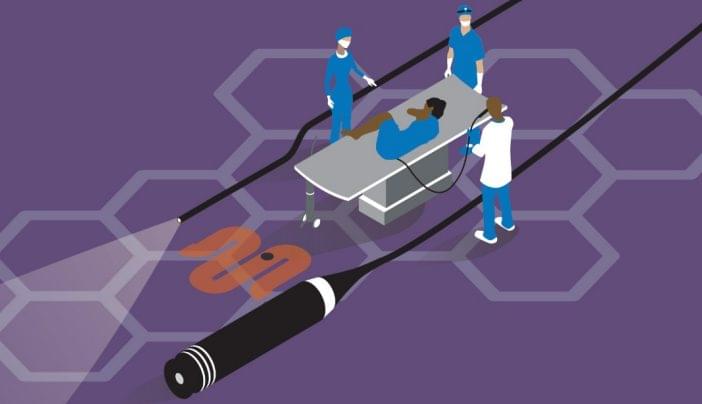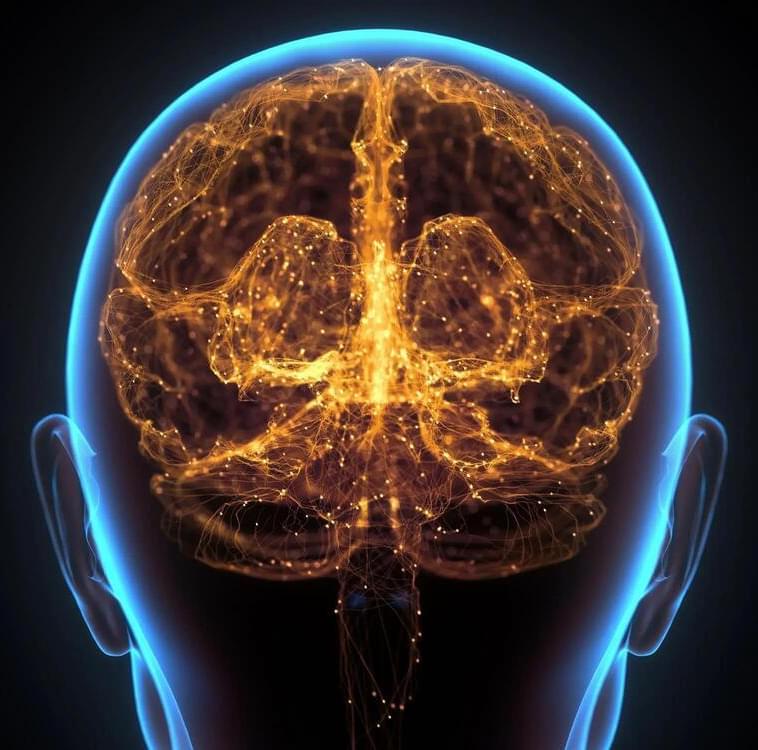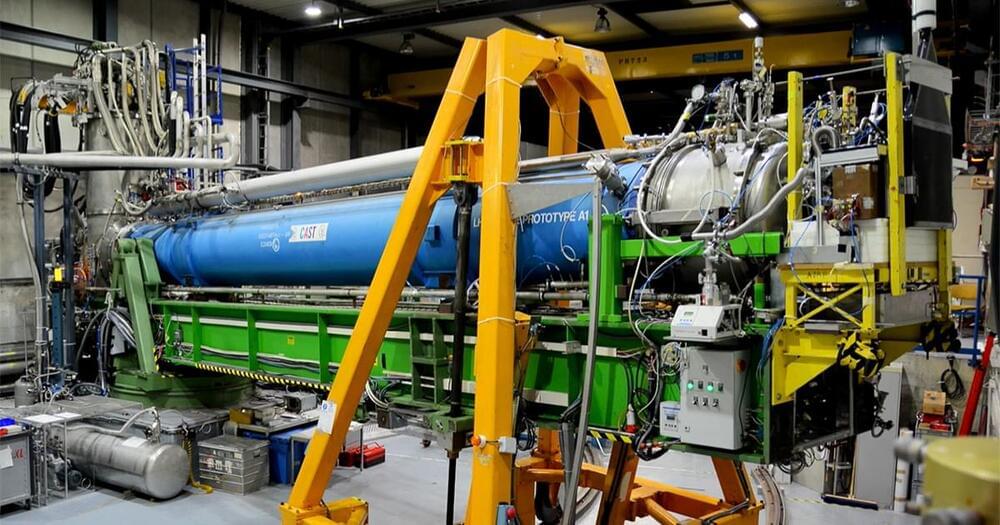Jun 22, 2023
Stem Cell “Village in a Dish” Advances Research
Posted by Shubham Ghosh Roy in category: biotech/medical
Stem cells are a kind of blank slate; these cells are able to specialize or differentiate into various types of cells. Researchers also now know how to make stem cells from several adult cell types, so they can be widely used in research. Samples can also be taken from patients, and used to create cells that can be experimented with and studied in the laboratory. But to perform these studies, many cells had to be harvested from a lot of different donors, and then grown separately. Now researchers have developed a method for studying stem cells from many different people in the same dish, which could have major implications for the study of complex traits, drug safety, or personalized medicine.
The research team has called this method a “village in a dish” system, and it has been reported in the open-access journal Nature Communications. The investigators showed that by studying stem cells from many donors in the same culture dish, cell culture studies could be up to one hundred times more efficient.


















